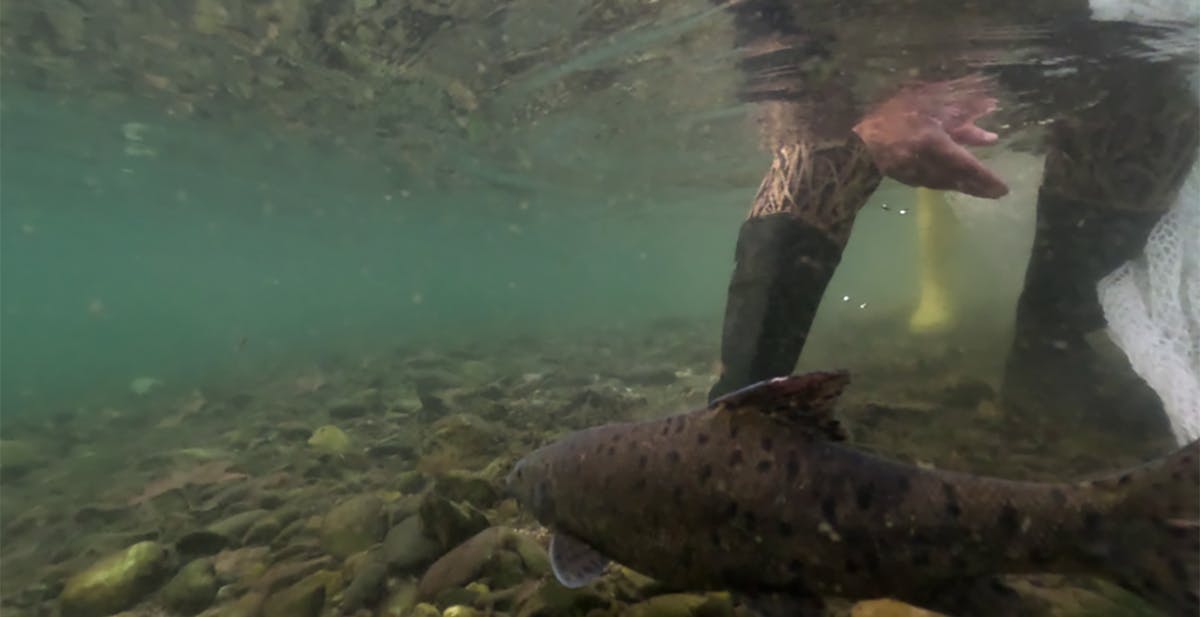lost sharks
The Search for Lost Sharks
Looking beneath the waves for those who play a vital role in the health of our ocean ecosystems
Sharks and rays are among the most threatened vertebrate species in the world. Thirty-six percent of all 1,250 known species are threatened with extinction. Together, Re:wild, Beneath The Waves, Minorities in Shark Sciences (MISS), Mission Blue, PADI (the Professional Association of Diving Instructors) AWARE, ReShark and Save our Seas Foundation are sharing our resources and expertise to search for the 428 shark, ray and chimera (shark-like fish found in the deep-sea) that have not been documented by scientists in at least 10 years. Members of the IUCN Species Survival Commission’s Shark Specialist Group helped develop the global list of all lost sharks.
The Search for Lost Sharks is currently focusing on searching for 10 species spread across the world.
The Pondicherry Shark is a small and stocky gray shark. This species does not grow any longer than about one meter, or three feet, long. The shark was once found throughout IndoPacific coastal waters, from India and possibly extending to the Gulf of Oman into Southeast Asia, and is known to enter freshwater. It may also be found in rivers such as the Hooghli River and Saigon River.
This Critically Endangered shark was only described as a new species in 2019 because of its uniquely shaped snout, fins and teeth, but it was described from individuals collected more than 80 years earlier.
This deep-sea-dwelling shark has only been documented by scientists once.
This ray-shaped shark lives in deep ocean and was only described by science in 2008, but conservationists are worried that it is in trouble and the species is Critically Endangered.
This stingaree, which has a venomous spine at the tip of its tail, has only been documented once when it was originally described by science.
This shark uses its sharp-sighted glow-in-the-dark eyes to hunt in the deep-sea darkness.
This nocturnal shark (also sometimes called a carpet shark) lives in shallow ocean waters and camouflages itself on the seafloor waiting to ambush animals that cross its path.
This shark lives in the deep ocean and its bioluminescent organs make its belly and sides glow.
An electric ray that can stun its prey and has not been definitively documented since a deep sea exploratory expedition in 1898, but it has been seen more recently. A 2009 sighting wasn’t accompanied by photos, video or DNA evidence.
This flat-bodied cartilaginous ray lives in shallow ocean off the coast of South Africa.



